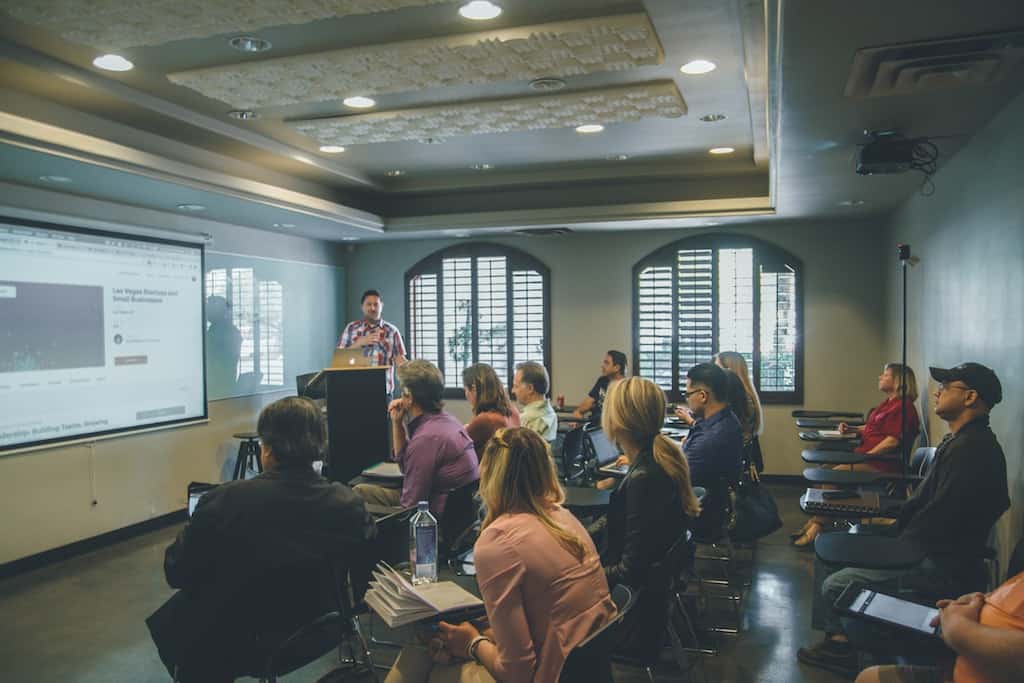You know how good it feels when someone asks to hear your opinion on a subject that’s important to you. Your customers are no different. Despite claims and ad campaigns to the contrary, many companies are doing a poor job of establishing productive dialogues with their customers. A simple but effective way to help remedy this is to run regular customer focus groups.
A focus group is a face-to-face meeting with a sampling of your users aimed at helping you learn more about who they are and what they need from you. Just as importantly, it gives them an opportunity to find out more about you. Focus groups can work wonders towards helping you create realistic, customer-centered plans and strategies. They are also a powerful tool for building stronger, more profitable relationships with your best customers.
So what does it take to organize and run a successful customer focus group?
Recipe for Success with Focus Groups
Focus

groups can be relatively easy to set up and manage, and will more than pay you back for the investment you make in them.
Well-run focus groups engage and enfranchise your customers in the ongoing success of your business. They enable rich dialogues on critical subjects with people who most often have the best information. And they send a strong signal to your customers that you are interested in their success as well as your own.
A recipe that includes the following ingredients will almost guarantee a successful focus group outcome.
Integrate Into Your Overall Customer Care Strategy
Customer focus groups don’t stand alone. They’re just a piece of a larger customer care strategy, which includes such other elements as user groups, listening sessions, executive visits, sales promotions, customer events and newsletters, and product announcement webinars.
In fact, planning a focus group should include strategizing with other customer-facing parts of your organization to ensure that topics, event timing, messages, customer selection, etc. are consistent with, and leverage, other customer initiatives.
The goal is for customers to view all communications and programs from you as part of a consistent, well-thought-through plan aimed at enriching their relationship with you.
Establish Clear Objectives and Well-Defined Outcomes
Running a focus group without first establishing clear, measurable objectives is like shooting in the dark. Make sure you know up front why you’re doing the event and specifically what you want to get out of it.
For example, you might want to test the soundness of a new product or services strategy and end up with strong endorsements from at least 80% of participants. Similarly, you’ll count the event as successful if at least 40% of participants indicate a serious intention to buy.
Establishing objectives up front gives your event a clear focus, helps keep your discussions on track, and ensures that you achieve your desired outcomes.
Create A ‘Win/Win’ for You and Your Customers
Always ask yourself, ‘Why would customers want to invest valuable time and resources meeting with us, and what tangible benefits will they receive?’
Unless customers believe they’ve gotten clear value out of the experience, they won’t come again. Examples of customer benefits can include:
- An early look at, and influence over, product strategy and direction
- An opportunity to interact with peers
- Direct access to your company’s senior management
- Access to special promotional programs
- Reimbursement of focus group travel expenses
Creating a ‘win/win’ for both sides ensures continued participation and a rich and varied flow of useful information.
Select Focus Group Participants Carefully
Choose participants for your focus group carefully and according to the objectives you have set. If, for example, your aim is to discuss and refine your company’s pricing strategy, be sure to include participants who know your current pricing structure, and also who understand the value your products and services deliver for the money.
Similarly, think through the dynamics of the group you’re assembling–who the personalities are, what perspectives each brings to the discussion, what issues they are likely to raise, and so on–and balance the mix accordingly. Tailor your invitee list to your requirements to ensure the right level of discussion and the best opportunity for meaningful results.
Next, work with your sales and services organizations to put together an appropriate invitee list. As mentioned, ensure that you’re not working at cross purposes with other customer care activities and that you are selecting customers that Sales may want to form a closer relationship with.
Finally, make sure your company’s senior management is represented at the meeting. Not only do they need to hear and support directly what customers are saying, but customers appreciate the executive involvement.
Develop a Dynamic Meeting Format
Customers need to know that their participation is helping to shape the company’s direction in some way. Successful focus groups not only solicit ideas and encourage alternatives, they can also funnel the best thinking of the group into the company’s actual planning process.
So the format you choose must include spaces where you solicit participant input and are willing to act on their best ideas. Build such spaces into your presentation, flagging issues and possible alternatives that participants can directly influence.
When customers see actual results from their efforts, they have a stronger stake in your success and are encouraged to participate in the future.
Sweat the Details
Focus group planning doesn’t need to be elaborate. Keep your agenda simple, but be sure to execute all elements well. Choose a moderator who can drive the agenda and keep the discussion on track. Also be sure someone is recording minutes, including major decisions and follow-up actions.
A simple half-day agenda might look like this:
| 8:00–8:30 | Sign-in and light breakfast |
| 8:30–8:45 | Meeting objectives |
| 8:45–10:00 | Company presentation (remember: build in questions for customers) |
| 10:00–11:15 | Customer feedback; response to questions |
| 11:15–11:45 | Summary of conclusions, wrap-up, next steps |
It’s important that participants know what you’re planning to do with the information they provided, what outcomes they can expect to see and when. Don’t end the meeting without making sure you’ve addressed all of these things.
Publish Focus Group Results
Finally and perhaps most importantly, make sure you communicate back to participants the actions you have taken, or will take, as a result of their input. Doing so will keep them engaged in the process, enfranchised in the outcomes that result, and even more involved in the success of your business.








